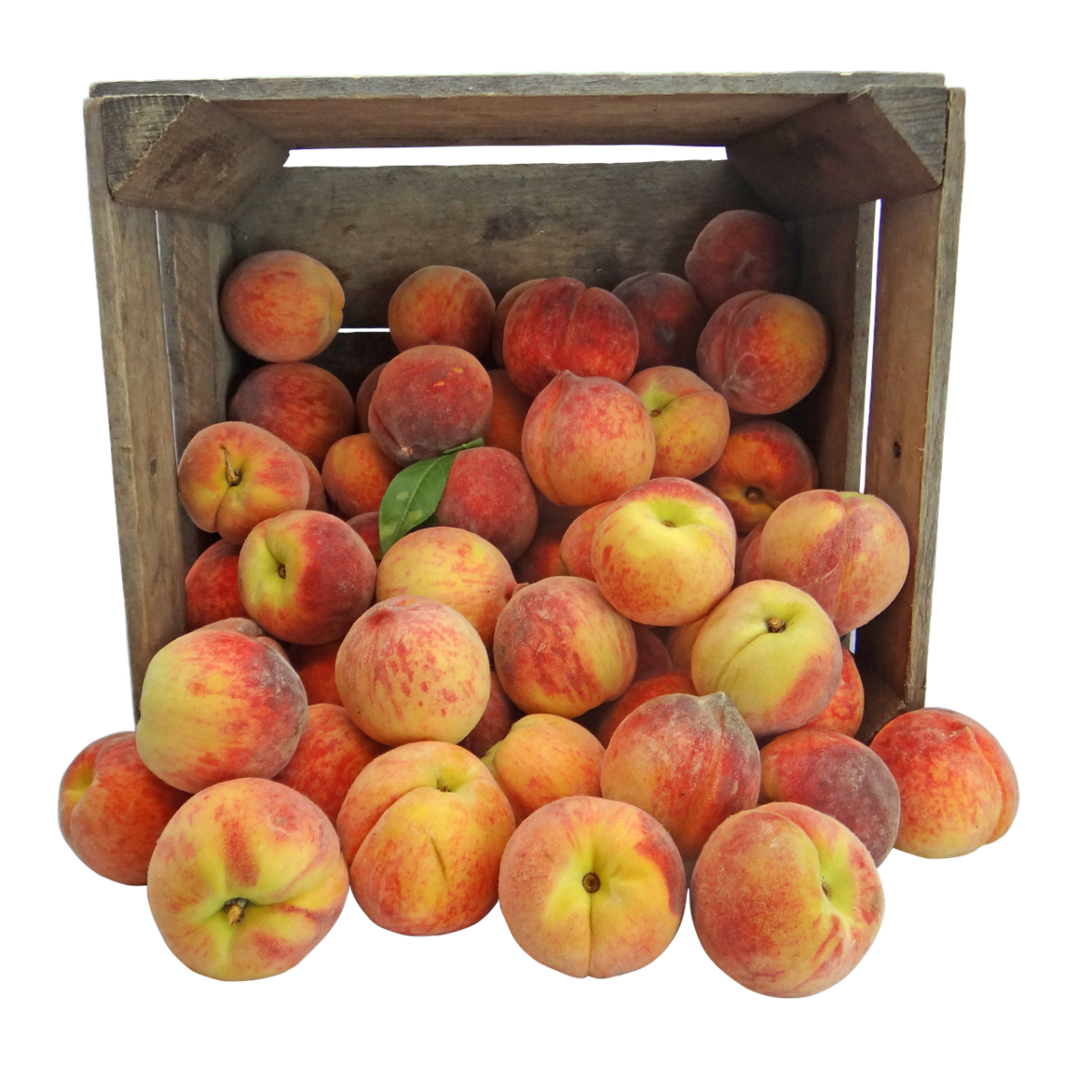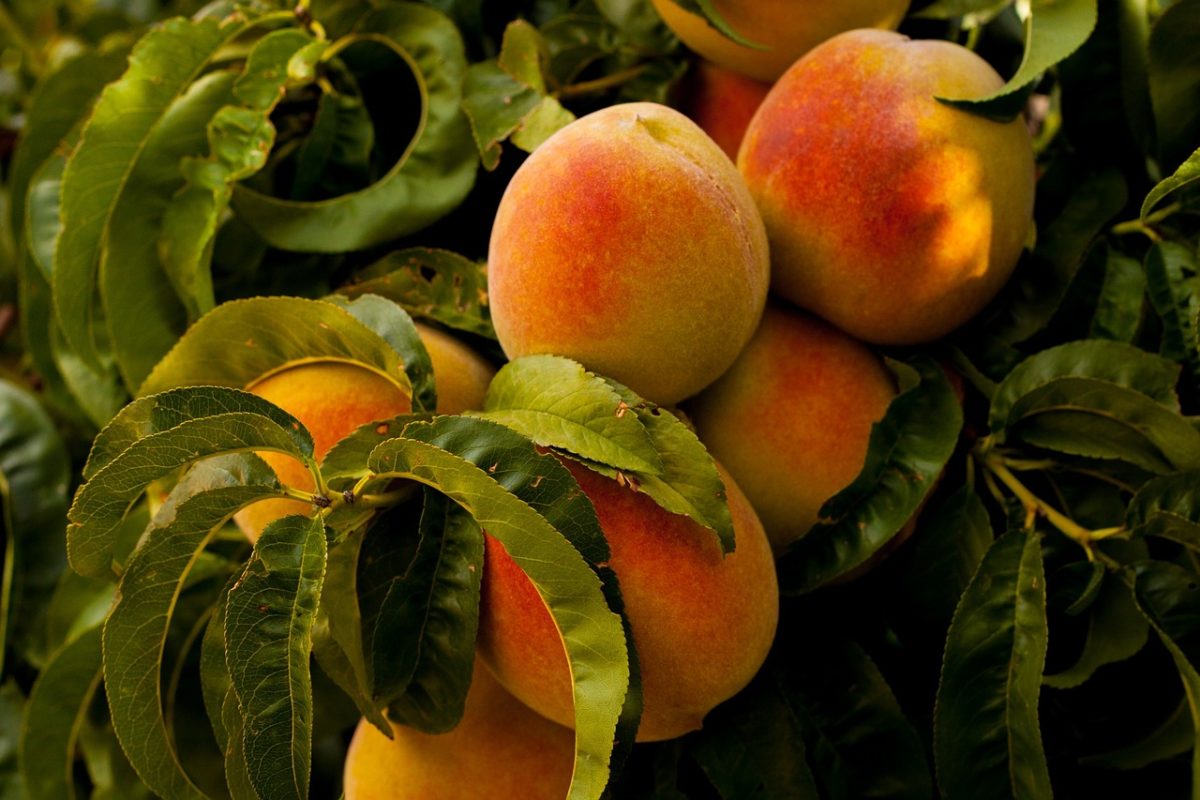By Mary Leigh Oliver AUBURN UNIVERSITY, Ala. — When picking up a peach from the store, consumers often don’t think about the intricate growth process fruit endures to be store ready. Peach farmers know the importance of nurturing and monitoring the peach growing process. The most important part of a peach’s growth are chill hours. These hours serve as the …
Auburn Extension Specialist Encouraged by Chill Hours Accumulation
Cooler temperatures so far in 2021 should be an encouraging sign for Alabama fruit producers who need chilling hours to make a crop this year. “I’m a little more encouraged,” said Edgar Vinson, assistant research professor and Extension specialist in the Department of Horticulture at Auburn University. “We did accumulate more and more than we originally thought by the end …
Chill Hours a Concern for Peach Producers
Peach trees need chill accumulation every fall and winter to produce a substantial crop the following season. Edgar Vinson, assistant research professor and Extension specialist in the Department of Horticulture at Auburn University, is concerned Alabama producers may be lagging behind. “We’re still a little concerned about having enough chill by the end of this month. Typically, we’d like to …
UGA Peach Specialist Confident Despite Chill Hour Shortage
By Clint Thompson One University of Georgia (UGA) peach specialist is confident about this year’s crop despite falling short of chill hour accumulation. Dario Chavez, UGA assistant professor with an emphasis in peach physiology and breeding, discussed Georgia’s crop at the Alabama Fruit and Vegetable Growers Association annual meeting on Thursday, Feb. 9 in Gulf Shores, Alabama. “In Georgia we’re …
No Chill: Florida Peaches Will Be Delayed This Year
By Clint Thompson The Christmas freeze event brought much needed chill hours to Florida’s peach crop. But it still lags behind historical averages, according to Jose Chaparro, associate professor in the University of Florida Institute of Food and Agricultural Sciences (UF/IFAS). He said the crop this year will be delayed as a result. “We’re significantly behind. It looks like our …
Chilling Reality: Minimal Cold Temperatures Not Good for Florida Peaches
By Clint Thompson The future of Florida peaches rests with its ability to find footing in the northern area of the state. That’s the opinion shared by Jose Chaparro, associate professor in the University of Florida Institute of Food and Agricultural Sciences (UF/IFAS), who equates it to the situation being experienced in Georgia. “What’s happening is the best places to …
Chill Accumulation Update for Georgia Peaches
The number of chilling hours for Georgia peaches are just below last year but above marks recorded in 2018-2019 and 2019-2020, according to the University of Georgia (UGA) Extension peach blog. The number of hours are classified in two different models; the Weinberger model (number of hours below 45 degrees Fahrenheit (F)); and the modified Weinberger model (number of hours …
Chilling Out: Alabama Fruit Tree Producers Enjoying Cold January
By Clint Thompson Alabama’s fruit tree producers have enjoyed the cold temperatures in January. They have provided much-needed chilling hours that the trees need to mature. That’s according to Edgar Vinson, assistant research professor and Extension specialist in the Department of Horticulture at Auburn University. He pointed out during Monday’s Alabama Extension Commercial Horticulture Facebook webinar how much ground was …
Chill Hour Accumulation: Alabama Peaches Still Behind
By Clint Thompson Cooler temperatures in January have provided hope for peach producers yearning for chill hour accumulation. Though Alabama’s crop is still behind the total from last year, it still is progressing, says Edgar Vinson, assistant research professor and Extension specialist in the Department of Horticulture at Auburn University. “We’ve progressed some in the amount of chill. We are …
Warming Up: Unseasonable Temps Not Helping Chilling Requirements for Fruit Trees
By Clint Thompson Unseasonably warm conditions this winter is normal for a La Niña weather pattern. But it’s not what Southeast fruit tree producers want to experience. Not with chilling hours a vital part of the maturation process. Pam Knox, University of Georgia Extension Agricultural Climatologist, said producers will keep an eye on what temperatures the new year brings – …











